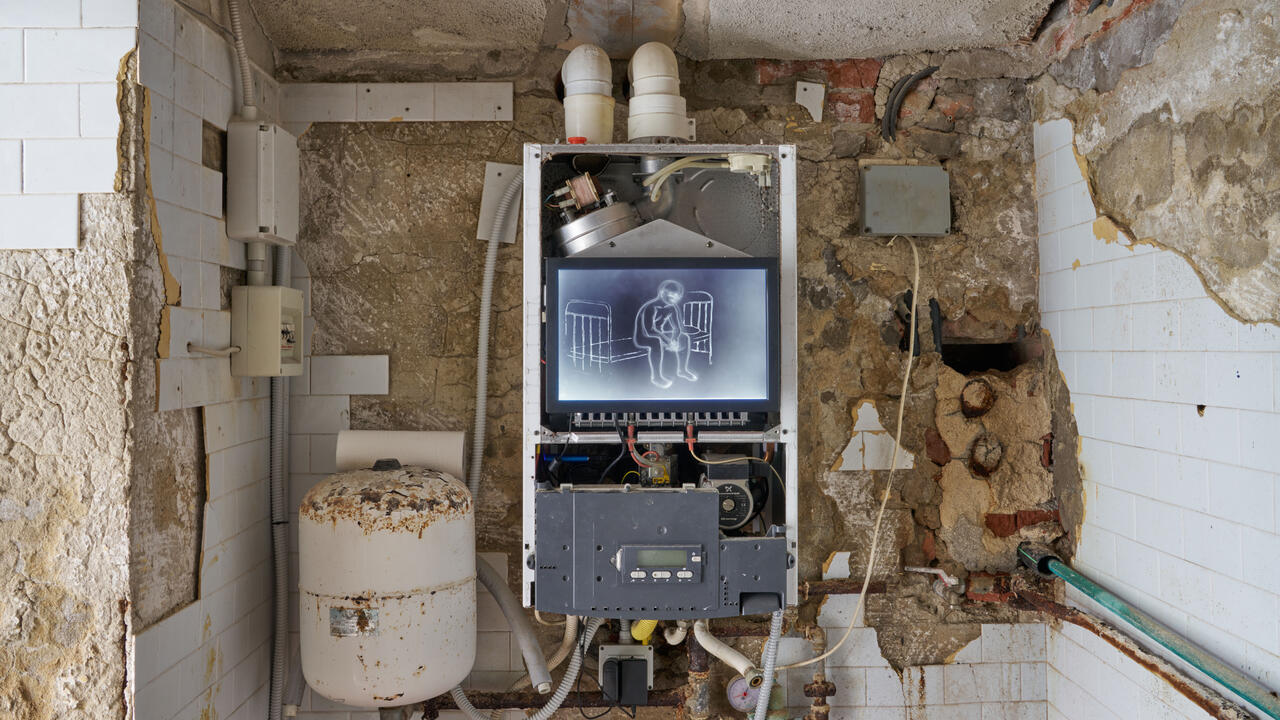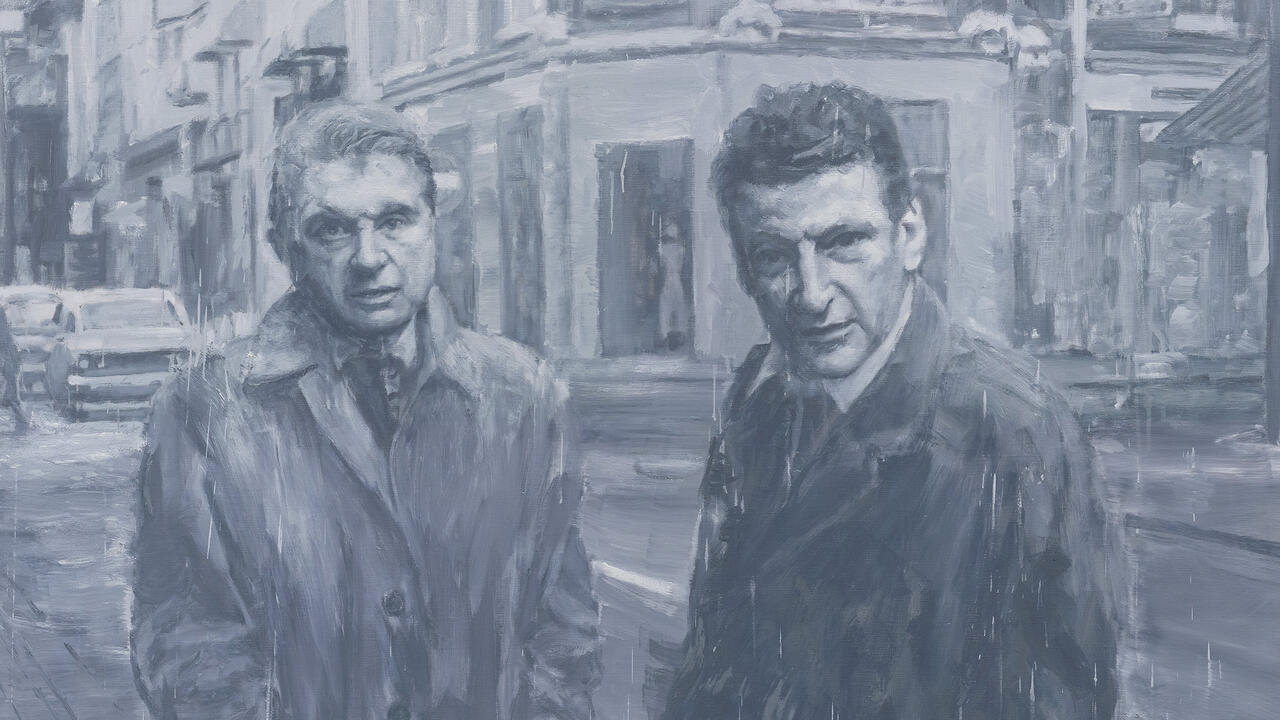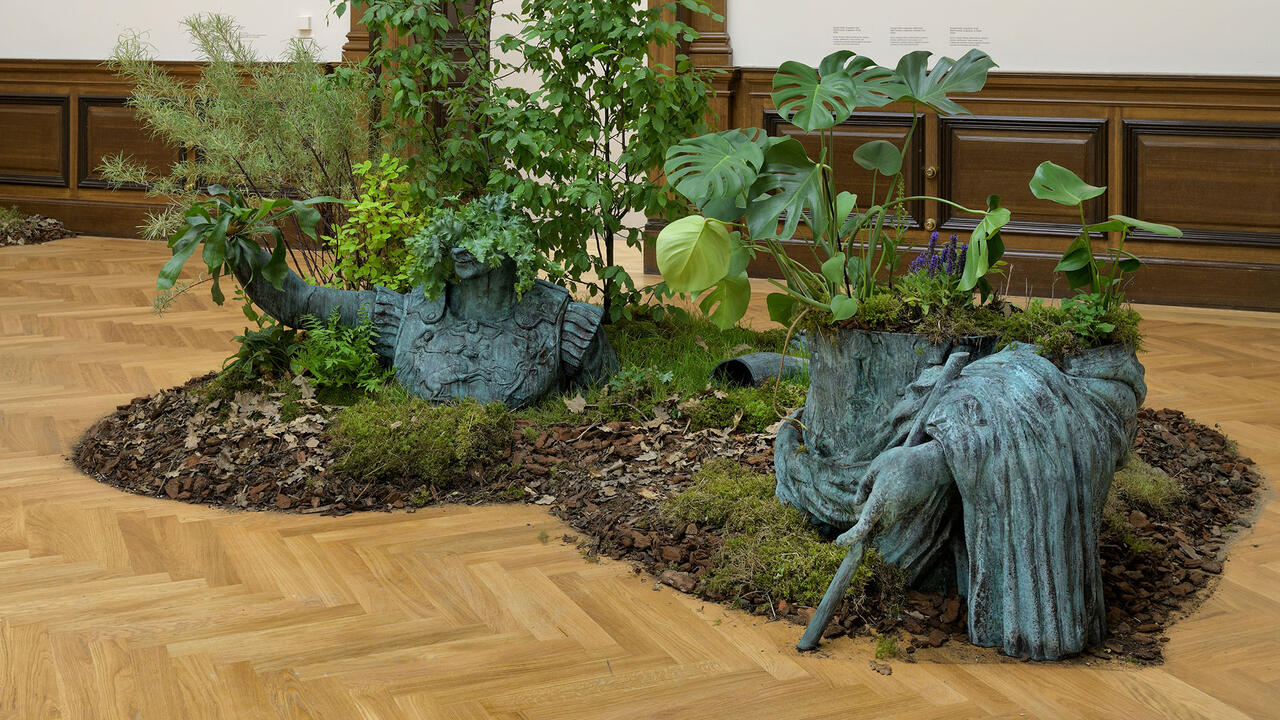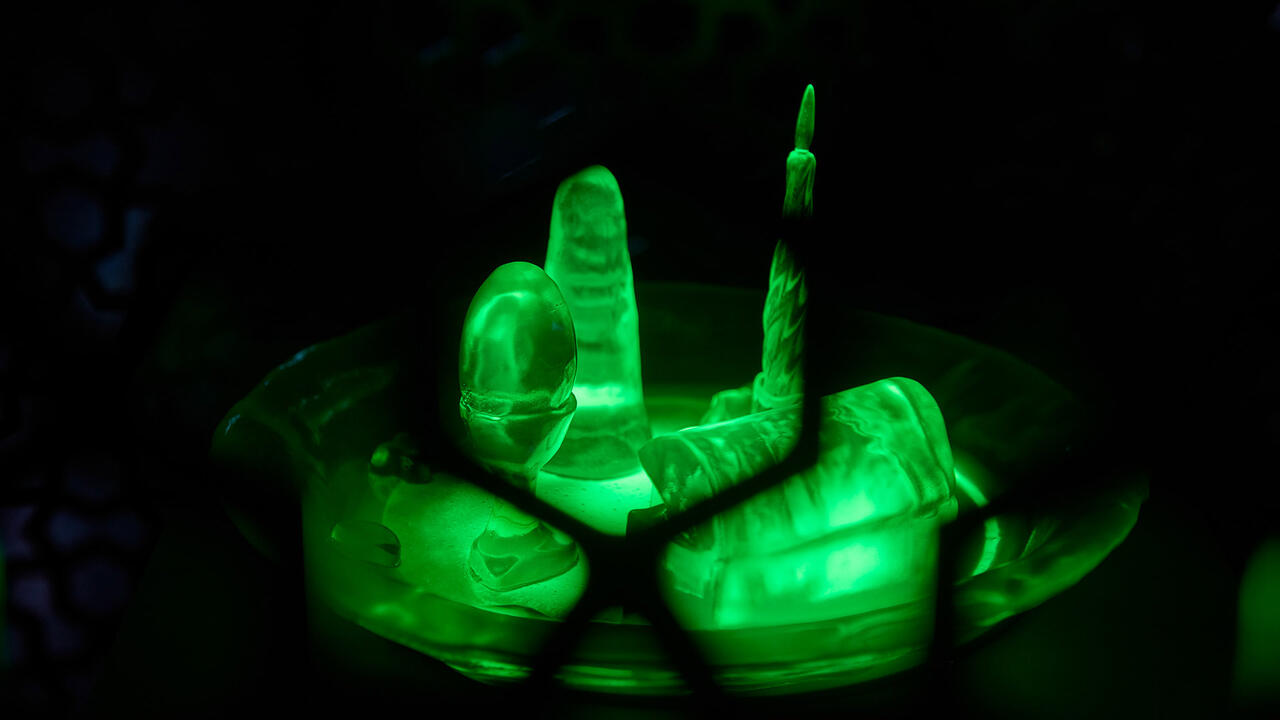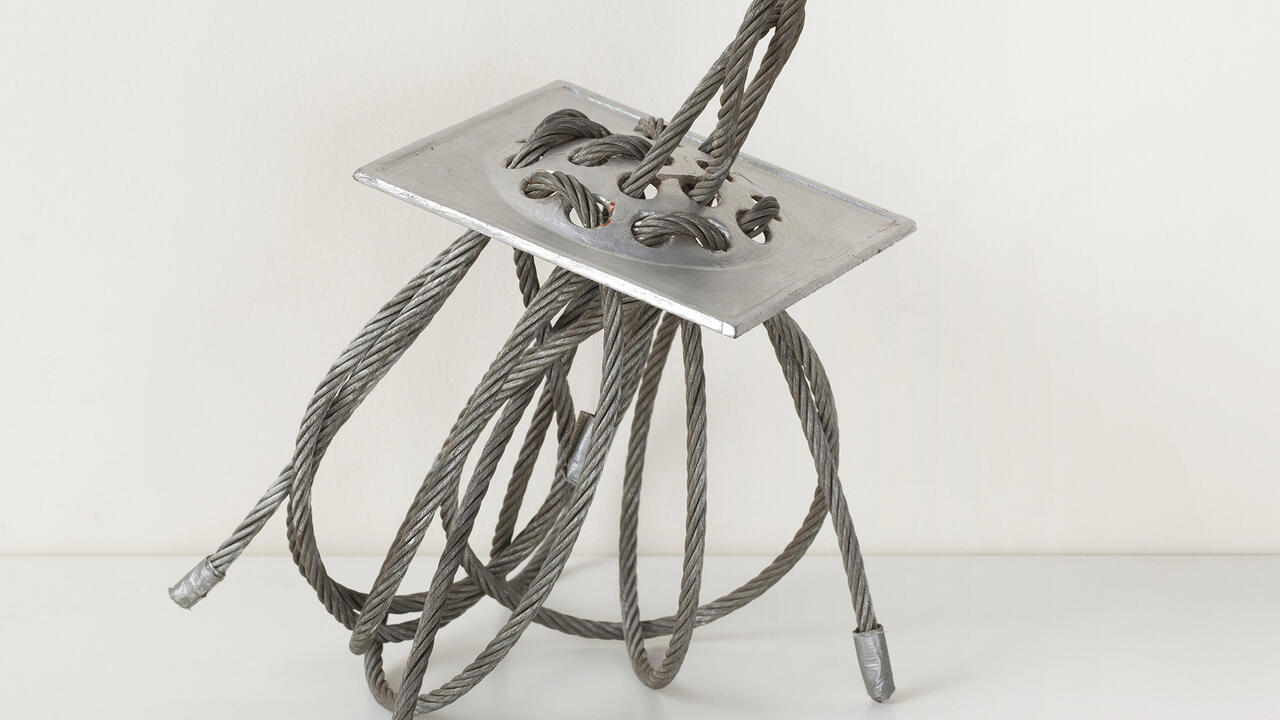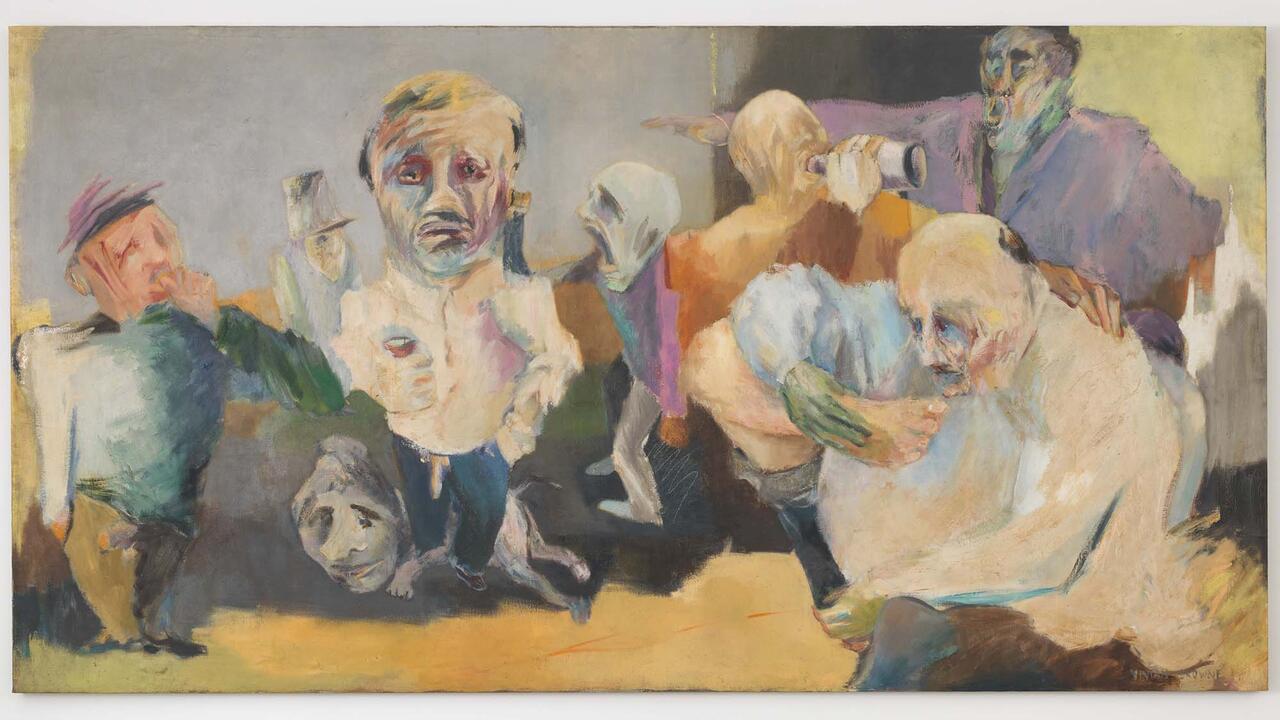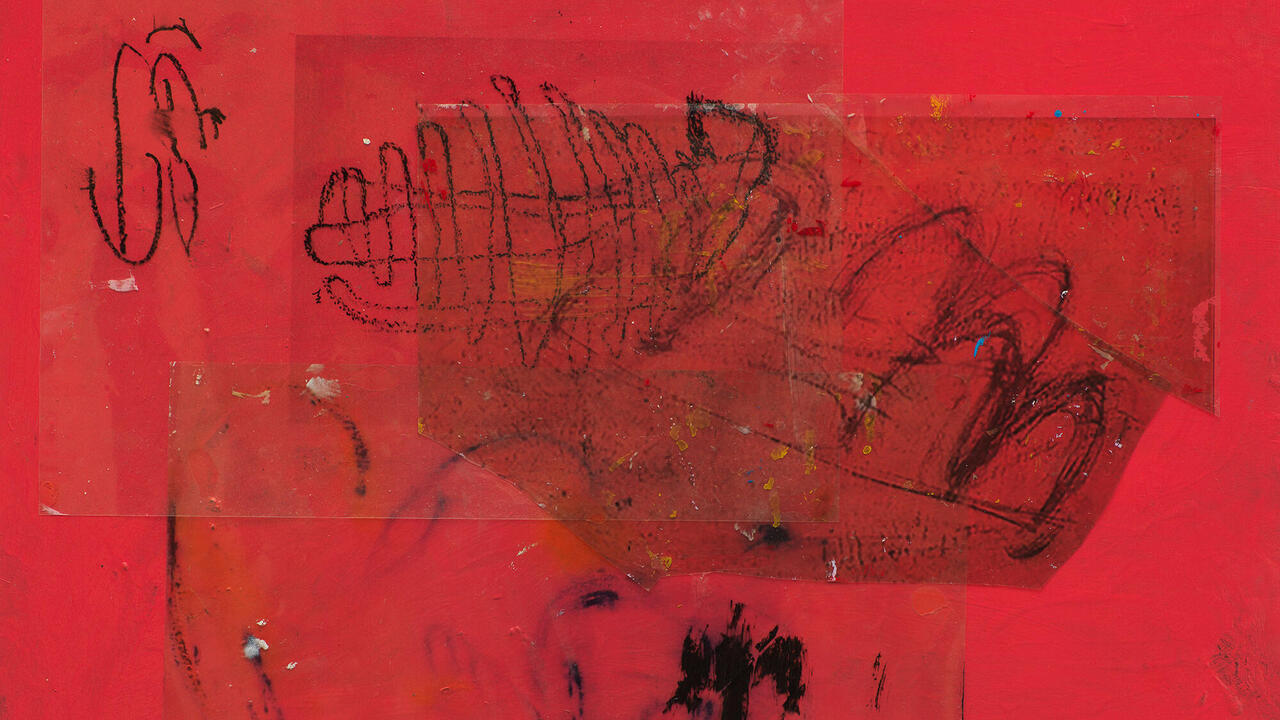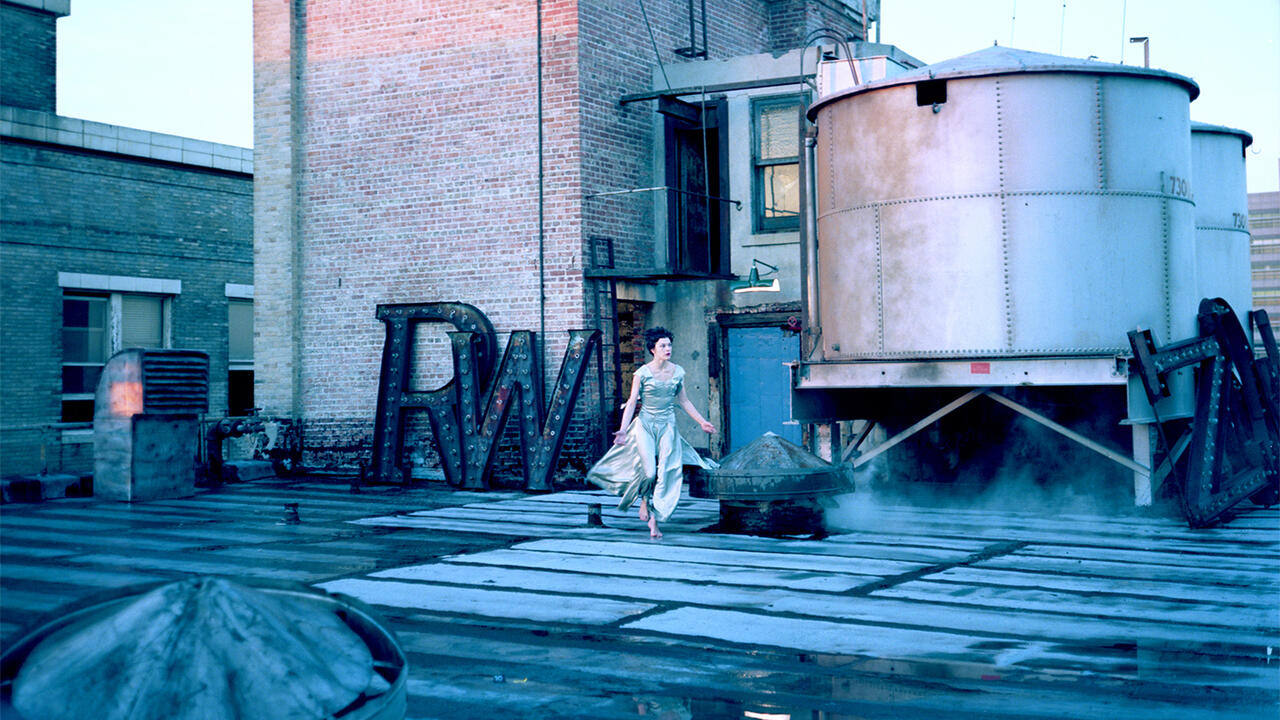Must-See: ‘Exploring Arte Povera’ Pushes Against the Gallery Walls
A group exhibition at Mazzoleni, London, captures the movement’s playful challenge to art world conventions
A group exhibition at Mazzoleni, London, captures the movement’s playful challenge to art world conventions

This review is part of a series of Must-See shows, in which a writer delivers a snapshot of a current exhibition
First coined as a term by Italian art critic Germano Celant in 1967, arte povera (poor art) saw a shift away from traditional approaches to artmaking to instead utilise everyday or unconventional materials to experiment with form and aesthetics. In Mazzoleni’s current group show, ‘Old Bond Room: Exploring Arte Povera’, some of the movement’s leading proponents can be seen not only rejecting the media commonly used in art, but also transforming the gallery space in which that art traditionally exists – either through tricks of the eye or the materiality of the work itself.

Michelangelo Pistoletto’s Cabina Telefonica (2007), for instance, comprises two panels of polished stainless steel with a silkscreen print of a phone booth applied to the right-hand side. Pistoletto’s print creeps just around the edge of the panel and out of view, creating a 3D illusion that plays with the confines of the gallery walls. Meanwhile, in Untitled (2000), Jannis Kounellis places jute rugs on an iron platform, the pliability of the rugs contrasting with the unyielding iron on which they sit, whilst the weathered metal and fraying fabric suggest this piece has been ripped out of another space and time. The placing of everyday, decaying materials in a gallery – with minimal evident artistic alterations – challenges preconceived notions of what we might conventionally call art.

The limits of space, the gallery and traditional artistic norms all come together in Untitled (1985), a pencil drawing and collage by Giuilo Paolini. In it, Paolini presents a figure standing almost entirely within a white cube, a fragment of a photo of the sky at their back, crossed out by a single red ‘x’. This white box feels like a microcosm of the gallery, one that Paolini fills with gestures of refusal: the raised, defiant arm of the figure; the fact that one of their feet is stepping just off the edge of the cube and into the unknown beyond. Paolini’s work shows how arte povera disrupts our expectations of art: pushing up against the limits of form and the space in which it exists.
‘Old Bond Room: Exploring Arte Povera’ is on view at Mazzoleni, London, until 2 May
Main image: Alighiero Boetti, Aerei (detail), 1978, ballpoint pen on paper, 36 × 81 cm. Courtesy: Mazzoleni, London





